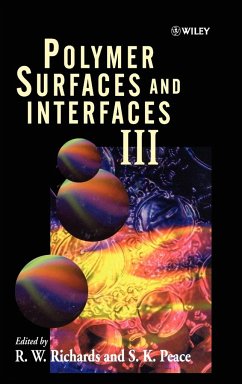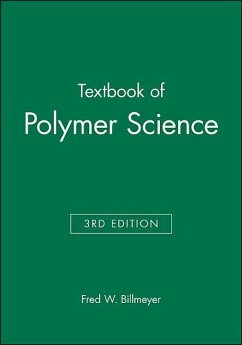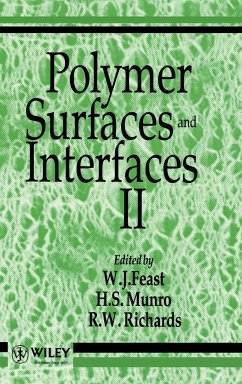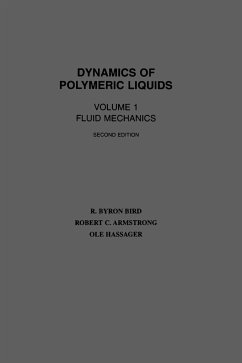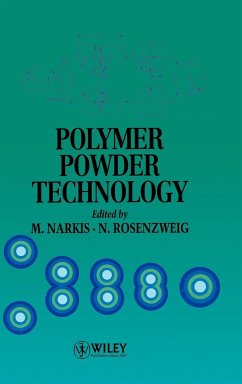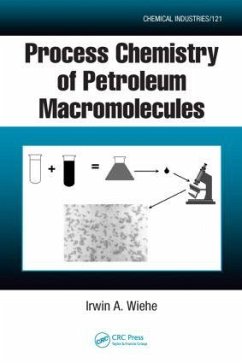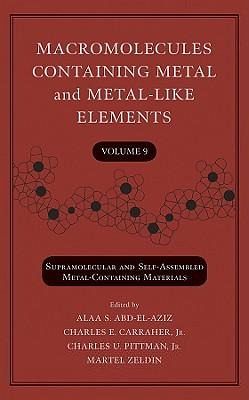
Macromolecules Containing Metal and Metal-Like Elements, Volume 9
Supramolecular and Self-Assembled Metal-Containing Materials
Herausgeber: Abd-El-Aziz, Alaa S; Zeldin, Martel; Pittman, Charles U; Carraher, Charles E

PAYBACK Punkte
124 °P sammeln!
Volume 9 in a scientific research series, covering macromolecules This book, Macromolecules Containing Metal and Metal-like Elements, presents research developments in the study of: supramolecular chemistry, supramolecular architecture and supramolecular self-assemblies. The topics addressed involve materials containing metals and metal-like elements as well as the possible applications of hybrid materials. The volume offers a broad series of coverage with conclusions and perspectives for the various areas covered.




